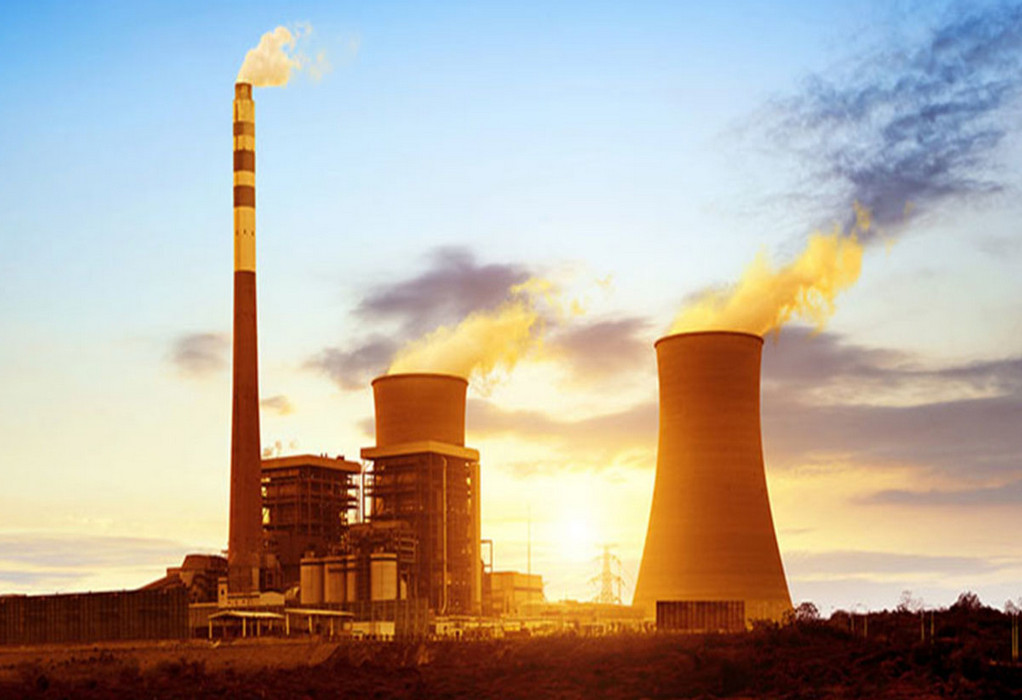India recently approved the installation of 10 nuclear reactors in five states as it boosts its capability in generating clean energy. A new study estimates that if the nuclear reactors are shut, they would not only have an adverse impact on the climate and air pollution patterns, but will lead to premature deaths.
Researchers at the US-based Massachusetts Institute of Technology (MIT) tried to understand the impact of shutting down nuclear reactors in the US and how the air pollution pattern would shift, and who would feel its effects?
The study published in the journal Nature Energy states that removing nuclear power plants from the equation will be compensated by the addition of coal, gas, and oil to the system.
The analysis revealed that the addition of fossil fuel over and above the current scenario would result in an increase in the PM2.5 concentration and ozone that will lead to an extra 5,200 annual deaths. This figure was just for the US, but similar scenes could be expected across the world if the nuclear power plants vanish.
MIT researchers developed a model to estimate emissions of carbon dioxide, nitrogen oxide, and sulphur dioxide from each electricity-generating unit, feeding these emissions into a chemical transport model to calculate effects on ground-level ozone and fine particulate matter (PM2.5).
The team found that even under this heartier renewable scenario, there is still a slight increase in air pollution in some parts of the country, resulting in a total of 260 pollution-related deaths over one year. “This adds one more layer to the environmental health and social impacts equation when you’re thinking about nuclear shutdowns, where the conversation often focuses on local risks due to accidents and mining or long-term climate impacts,” lead author Lyssa Freese, said in a statement.
While the model estimated 5200 deaths annually, more people are also likely to die prematurely due to climate impacts from the increase in carbon dioxide emissions, as the grid compensates for nuclear power’s absence. The climate-related effects from this additional influx of carbon dioxide could lead to 1,60,000 additional deaths over the next century in the US alone.
While India gets just over three per cent of its electricity supply from nuclear power plants, the addition of 10 more reactors are set to increase the production of clean energy. During 2021-22, the nuclear power reactors generate 47,112 million units of electricity, and the present installed nuclear power capacity is set to increase from 6780 MW to 22480 MW by 2031.
Tags: MIT, Nuclear, Plants, Researchers



Recent Posts
Royal Caribbean Welcomes LNG-Fueled Star of the Seas to Its Fleet
Swire Shipping Launches ‘Voyage to Zero’ to Help Customers Cut Scope 3 Emissions Swire
Pinnacle Marine Launches B100-Powered President 100 for Biofuel Trials
Assam Puts Green Hydrogen Policy on Hold, Investors Reassess Plans
MNRE and Odisha Chart Roadmap for National Green Hydrogen Mission
Hyundai Glovis to Retrofit Seven PCTCs with Avikus AI Navigation System
Super Terminais orders three more Konecranes Gottwald ESP.10 Mobile Harbor cranes
Covestro and HGK Shipping Extend Partnership to 2040 with Focus on Wind-Assisted Vessel Retrofit